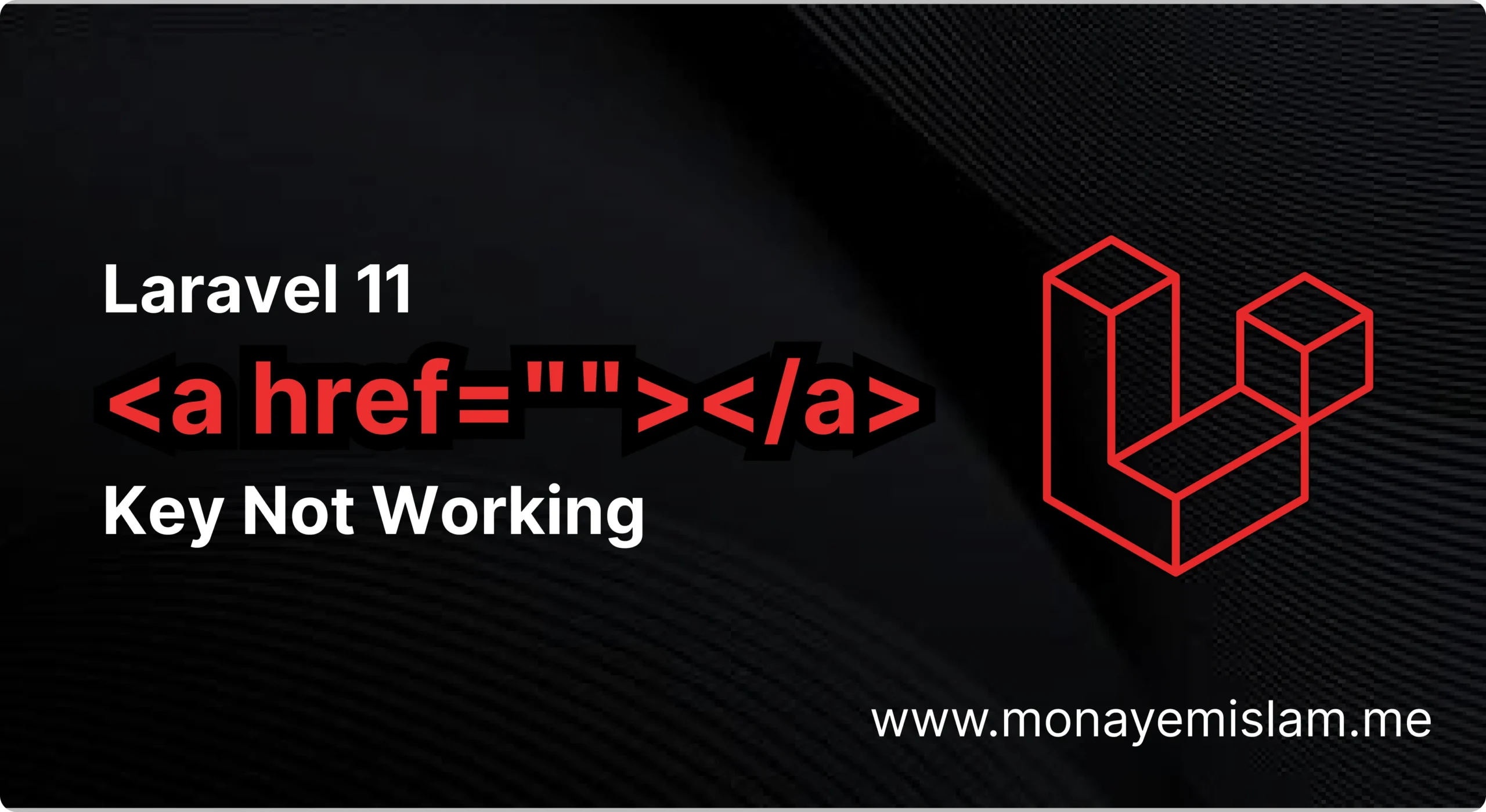Table of Contents
What does CSRF Token Mismatch Mean?
Why is My CSRF Token Missing or Incorrect?
- Session Expiry: The user’s session may have expired, leading to a mismatch.
- Cache Issues: Cached pages might not have the latest CSRF token.
- Multiple Tabs: Using multiple tabs in the browser can sometimes cause token issues.
- Third-party Extensions: Browser extensions might interfere with token validation.
- Improper Token Setup: Issues in the application setup or improper token passing
How to Fix CSRF Token Mismatch Chrome
1. Clear Browser Cache and Cookies
chrome://settings/clearBrowserData
2. Disable Extensions
chrome://extensions/
3. Check Session Expiry
How to Handle CSRF Token Mismatch Laravel
1. Verify Token Setup
<form method="POST" action="/your-route">
@csrf
<!-- other form fields -->
</form>
2. Check Middleware
protected $middlewareGroups = [
'web' => [
\App\Http\Middleware\VerifyCsrfToken::class,
],
];
3. Handling Tokens in AJAX Requests
CSRF Token Mismatch Axios
1. Include CSRF Token in Headers
axios.defaults.headers.common['X-CSRF-TOKEN'] = document.querySelector('meta[name="csrf-token"]')
.getAttribute('content');
2. Example Axios Request
axios.post('/your-route', {
data: 'your-data'
}).then(response => {
console.log(response);
}).catch(error => {
console.log(error);
});
CSRF Token Mismatch Laravel Sanctum
1. Ensure Sanctum Middleware
api middleware group within your Kernel.php file.
protected $middlewareGroups = [
'api' => [
\Laravel\Sanctum\Http\Middleware\EnsureFrontendRequestsAreStateful::class,
'throttle:api',
\Illuminate\Routing\Middleware\SubstituteBindings::class,
],
];
2. Configure Axios with Sanctum
axios.get('/sanctum/csrf-cookie').then(response => {
axios.post('/your-route', {
data: 'your-data'
}).then(response => {
console.log(response);
});
});
CSRF Token Mismatch Laravel Postman
1. Get CSRF Token
/sanctum/csrf-cookie to get the CSRF token. 2. Include CSRF Token in Headers
curl -X GET "http://your-app.test/sanctum/csrf-cookie" -c cookie.txt
curl -X POST "http://your-app.test/your-route" -b cookie.txt -H "X-CSRF-TOKEN: your-csrf-token" -d "your-data"
Final Words
CSRF token mismatch errors can be frustrating, but understanding their causes and how to resolve them can significantly improve your development experience. Whether you’re working with Laravel, using Chrome, or testing with Postman, following the outlined steps will help you handle these issues effectively. By ensuring proper token setup and management, you can maintain a secure and smooth operation of your web applications.
If you continue to encounter issues, reviewing your middleware configuration and ensuring consistency in your token usage across your application will often resolve these errors.
Frequently Asked Questions (FAQ)
To fix a CSRF token error, ensure that the CSRF token is correctly generated and included in every form or AJAX request. Verify that your server-side application is properly validating the token. Clear your browser cache and cookies, and try resubmitting the form.
Fixing a CSRF mismatch involves checking that the CSRF token is correctly generated and sent with each request. Ensure the token matches the one stored on the server. Clear your browser cache, refresh the page, and try again.
To enable CSRF cookies in Chrome, ensure that cookies are not blocked. Go to Chrome settings > Privacy and security > Cookies and other site data, and make sure “Allow all cookies” or “Block third-party cookies in Incognito” is selected.
A CSRF token is a unique, secret value that is included in forms and AJAX requests to protect against Cross-Site Request Forgery (CSRF) attacks. It ensures that requests to a web application are legitimate and originated from the correct source.




